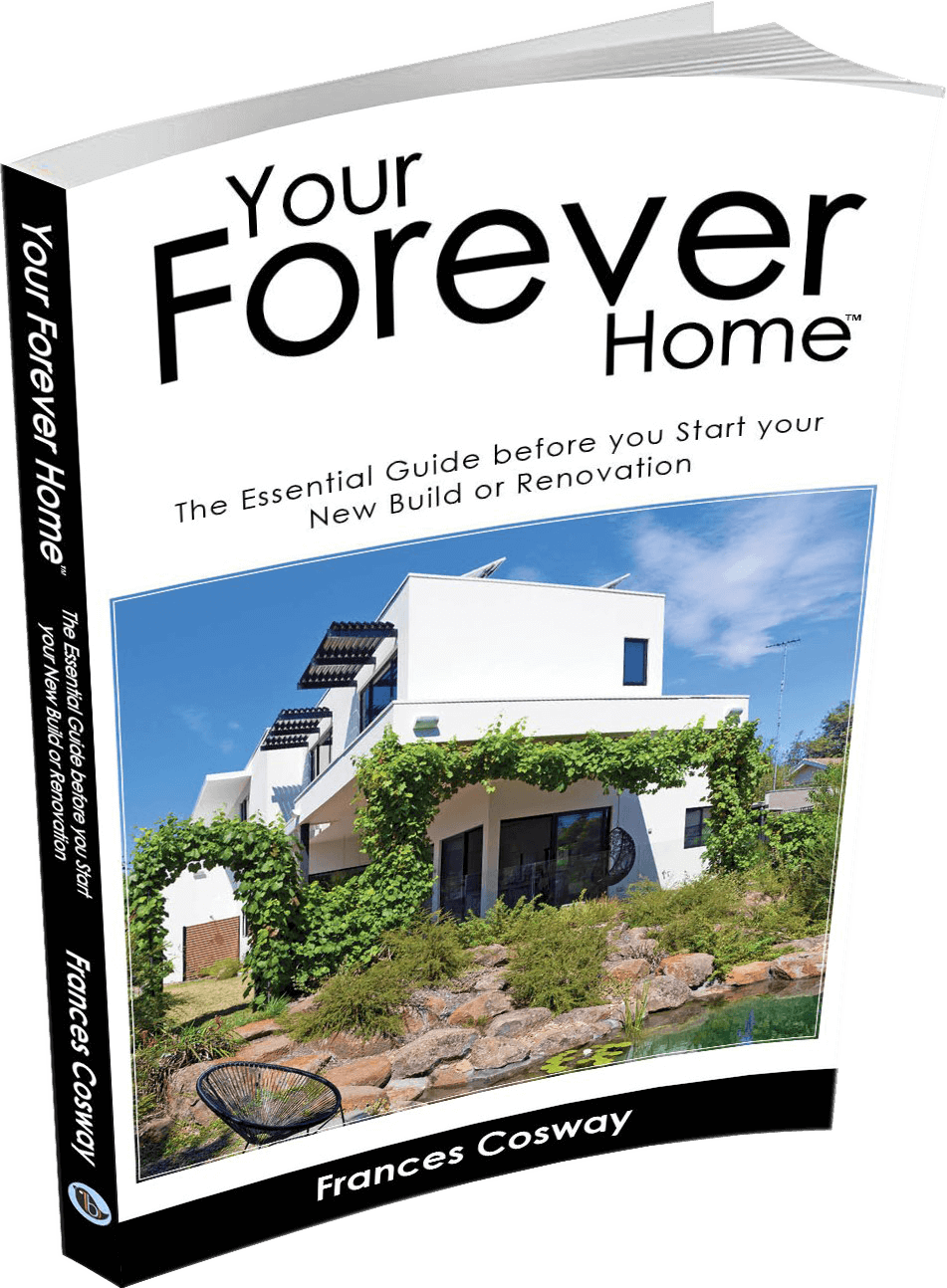With the cost of energy constantly increasing, it makes sense to build a home that will use less energy, yet be comfortable year-round, which is exactly what a sustainable home sets out to do. You can optimise efficiency which saves you money. Plus, many sustainable features do not cost anything to integrate into the design, however may not be able to be ‘added-on’ later on, so it pays to think about it at planning stage.
Your window placement, shading, and how your house is situated on your site enables you to maximise your sun in winter and minimise it in summer so that your house is at a comfortable temperature throughout the year, utilising minimum energy for heating or cooling.
Leveraging the sun for warmth, and breezes and shade for cooling doesn’t cost anything, however, you do need to engage advice to ensure the design has maximum impact for energy saving credentials.
Windows
Glazing is important in terms of placement of windows, where you maximise and minimise the direct sun, and to catch breezes. North-facing windows let in the most light and heat, but should be shaded completely in summer. This could be by an eave, pergola, or a deciduous tree. The east and west-facing windows will have direct morning and afternoon sun, and this will cause the house to heat up if not shaded. The breeze is also affected by where your doors are placed inside your home, so it can optimally flow through your house and cool it down in summer.
In winter, we want to keep the heat inside, so double glazing on all windows is key.
Zoning and sealing
This minimises energy waste, so that you’re not cooling or heating a whole home, or wasting energy with air loss through drafts. For example, the ability to close off the stairs so that heat or cooling is not escaping up there when everyone is downstairs.
Sliding doors in hallways to create zones allows you to heat or cool a certain part of the home instead of all of it, and can make a big difference to your energy bills. The current trend of large open spaces that are not able to be closed off make it difficult to zone a home, costing you money. Use sliding doors instead to be able to open or close a room off.
Review your plans and keep in mind your glazing and the ability to zone areas. It’s the planning at the outset that can reap big rewards and save you money down the track.
Top Tips on Sustainability
1. Ensure north and west windows have adequate shading to manage the hot sun in summer and heat being transferred indoors. The objective is to stop the sun hitting the windows, so internal blinds are not enough.
2. Consult a sustainability expert to maximise on the energy efficiency for your home at design stage. They will look at many components you probably hadn’t even thought of, but will make a big difference to the performance of your home (and how much money you can save).
3. Create zones within the home so you’re not heating or cooling the entire house. Think about doors in hallways and sliding doors on larger room rather than large open plan spaces that cannot be closed off so you are able to zone heating and cooling.
4. Insulate, insulate, insulate. Go beyond the standards and insulate as much as you can.
5. If not installing solar electricity at build stage, at least provision for it so it can be installed later on by installing a DC conduit.

